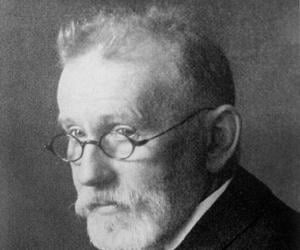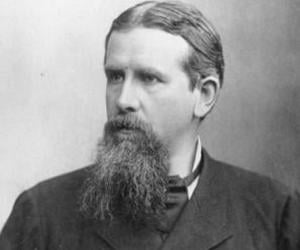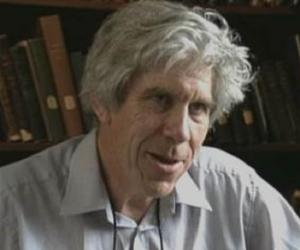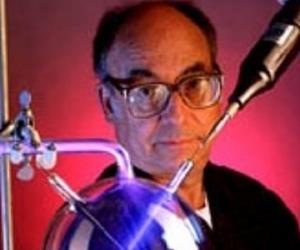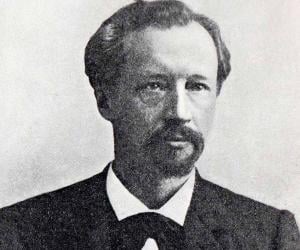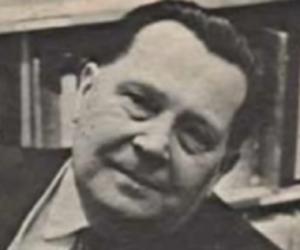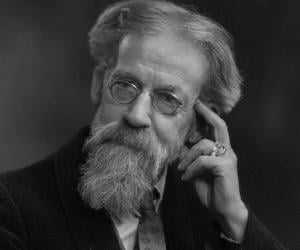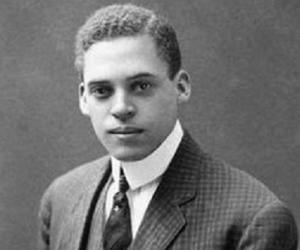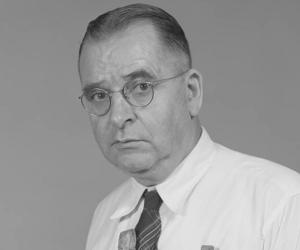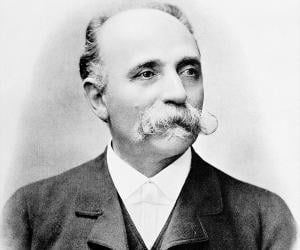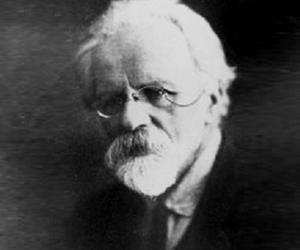Childhood & Early Life
Paul Ehrlich was born on March 14, 1854 in Strehlen, Lower Silesia, the German Kingdom of Prussia. Paul’s father was Ismar Ehrlich and his mother was Rosa. Paul’s father was a liquor distiller and lottery collector.
Paul attended secondary school in Breslau and then studied medicine and biology at several different universities, including: Breslau, Strasbourg, Freiburg, and Leipzig. Even as a child, he was fascinated with staining microscopic tissue samples after learning about the process from his mother’s nephew, Karl Weigert.
Career
As Ehrlich continued his experiments in cellular staining, he determined that chemicals could be used to heal and protect the body on the cellular level, an amazing breakthrough in scientific thinking.
In 1878, he was awarded a doctorate in Medicine from the ‘University of Leipzig’. He then was hired as the head physician at a major hospital in Berlin.
At the hospital, he invented a new way to stain tissue samples that allowed doctors to see and identify the tuberculosis bacillus for the first time. Also at the hospital, he began using methylene blue to successfully treat neurological disorders suffered by his patients.
Starting in 1879, and continuing through 1885, Ehrlich published 37 different scientific papers on cellular biology. The last, ‘The Requirement of the Organism for Oxygen’, was his magnum opus on understanding how cells process oxygen, a vital function of mammalian biology.
In 1886, he successfully completed his in-house clinical and academic training at the Charite medical school and teaching hospital in Berlin. He then traveled to Egypt to continue independent studies in the field of virology.
During 1888-89, he suffered terribly from a severe case of tuberculosis that he contracted in his laboratory. Returning to Germany after he was cured, he owned his own small laboratory and private medical practice.
In 1891, he went to work for the ‘Berlin Institute of Infectious Diseases’. Two years later, while working at the Institute, Ehrlich and his fellow scientists made important breakthroughs in developing vaccines for diphtheria and tetanus.
This work on diphtheria would later lead to a Nobel Prize in Medicine for one of his colleagues, an award that Ehrlich felt he should’ve also received.
In 1896, the Institute founded a new branch, the ‘Institute for Serum Research and Testing’, specifically for Ehrlich’s specialization, with him named as its founding director.
In 1899, the ‘Institute for Serum Research and Testing’ relocated to Frankfurt am Main. The same year, it was renamed the Institute of ‘Experimental Therapy’.
In 1897, Ehrlich developed his now-famous side-chain theory that led to breakthrough developments in serology and human immunology. Much of this work would later lead to his Nobel Prize winning discovery.
In 1901, the government criticized him for spending too much government money on his research, and so he turned to private funding to continue.
In 1906, he became the director of the Georg Speyer House research foundation in Frankfurt.
In 1909, Ehrlich helped contribute to the discovery of Salvarsan, the first drug specifically designed to treat syphilis.
In 1914, Paul signed the Manifesto of the 93, which unabashedly defended Germany’s foreign policy and militarism.
Awards & Achievements
In 1908, Paul Ehrlich, along with Élie Metchnikoff, was awarded the Nobel Prize in Physiology or Medicine for his decades of scientific research.
Ehrlich was awarded dozens of prestigious awards during his lifetime, and has had many prominent institutes, streets, parks, bank notes, prizes, lunar craters and other distinctions named in his honor.
Personal Life & Legacy
In 1883, Paul Ehrlich married Hedwig Pinkus and together they had two children, Stephanie and Marianne.
Paul Ehrlich died on August 20, 1915, in Bad Homburg, Hesse, in Germany. He was laid to rest in Frankfurt-am-Main’s Jewish cemetery. His tombstone is a tourist destination for scientists even today.
In 1940, the American government made a training film about Ehrlich’s work, which was ruled an official secret in Nazi Germany.
The research institute where Ehrlich did his pre-eminent work in discovery a cure for syphilis was renamed the Paul Ehrlich Institute in 1947 in his honor
Facts About Paul Ehrlich
Paul Ehrlich was known for his eccentric fashion sense, often wearing brightly colored socks and ties to stand out in a crowd.
He was a talented musician and played the violin in his spare time, showing a creative side beyond his scientific pursuits.
Ehrlich had a deep love for animals and often volunteered at local animal shelters, showing his compassionate side outside of his work in medicine.
He had a playful sense of humor and enjoyed practical jokes, bringing levity to his interactions with colleagues and friends.
Ehrlich was an avid collector of rare books and artifacts, demonstrating a passion for history and culture beyond his groundbreaking research in immunology.


